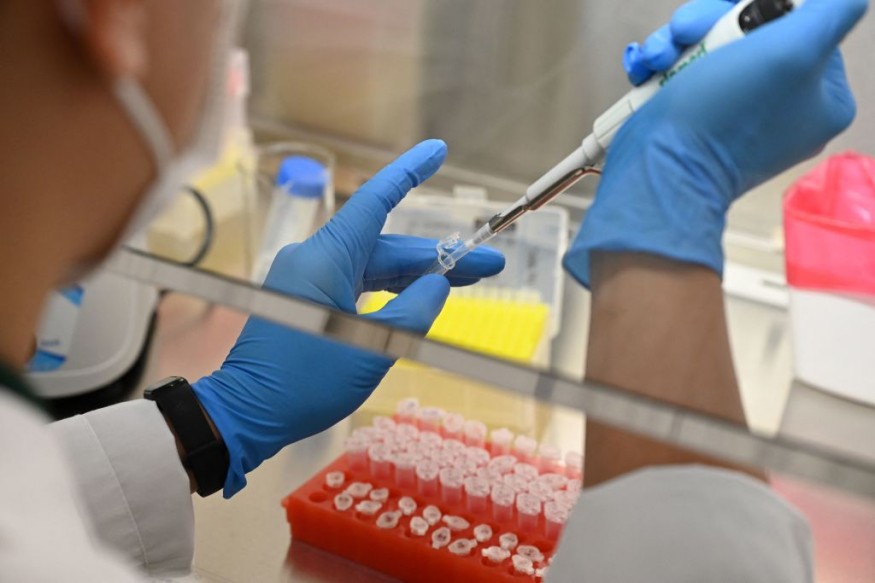Genetics tells us that genes and heredity pertain to qualities or traits can be passed down from parents to offspring as a result of changes in DNA sequence.
Since the discovery of DNA molecule, the nucleic acid code was perceived as the start and end of genetic inheritance.
In contemporary times, scientists under that chemical markings bonded to these sequences can change due to environmental exposures.
A new study led by scientists from the University of California, Santa Cruz focused on this change that can exist for several generations called as the transgenerational epigenetic inheritance.
The new research was conducted on roundworms (Caenorhabditis elegans), which have common epigenetic alterations that can be passed down the family three for three generations via sperm.
Transgenerational Epigenetic Inheritance

The so-called process of transgenerational epigenetic inheritance could be a route wherein the health, lifestyle, or even the environment of parents the health and development of offspring along the family tree for generations.
This means that certain traits of an individual are not only based on his or her immediate parents but is also influenced by the genetic make up their grandparents.
In a new paper published in the Proceedings of the National Academy of Sciences on September 26, researchers explored the widely overlooked aspect of genetics; the mechanism behind the transmission of genetic data from parent cells to daughter cells.
In particular, chromatin states preserve cell-specific transcriptional states and even cell identity through cell division.
Authors of the study claimed that such mechanism to the process is not fully understood yet at the time of the research.
Furthermore, the role of chromatin states serves when it comes to transmitting gene expression information down to the generations via sperm and oocytes is even less understood.
The process has been found to be responsible inheriting genes from grandparents to their grandchildren.
Prior to the study, geneticists knew that not all the DNA of grandparents are evenly passed into their grand-offspring.
Prevailing evidence at this time shows hat a person shares 25% of his or her DNA to each of grandparents, according to The Tech Interactive, a non-profit organization.
Grand-Offspring Model
The research team utilized a model that shows the Caenorhabditis elegans sperm and oocyte alleles were inherited in different states of the so-called repressive mark H3k27me3.
This process yielded in the alleles achieving various transcriptional states inside the nuclei of offspring.
Through the model, the team showed that sperm alleles inherited without the repressive mark were sensitive to up-regulation in offspring somatic and germline tissues.
It also suggested tissue context determined which genes were up-regulated.
The results show H3K27me3 can serve as a transgenerational epigenetic carrier in the grand biological, genetic process of transgenerational epigenetic inheritance.
The data generated from the paper establish a cause-and-effect relationship between "sperm-transmitted histone marks," as well as gene expression and development in the immediate offspring and grand-offspring, according to Susan Strome, a cell and molecular biologist from the University of California, Santa Cruz, as cited by Science Alert.
© 2025 NatureWorldNews.com All rights reserved. Do not reproduce without permission.





